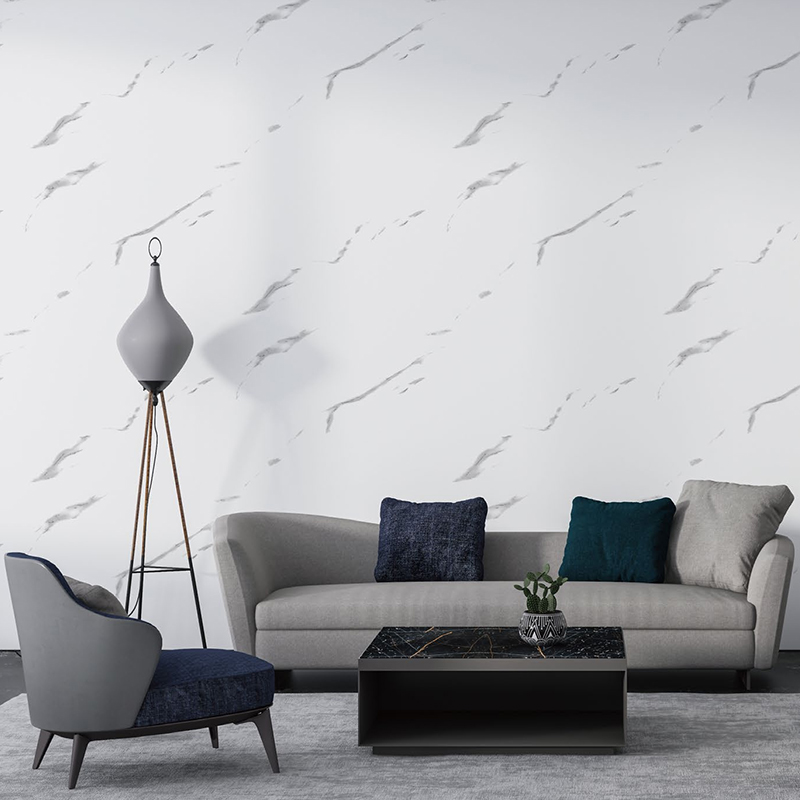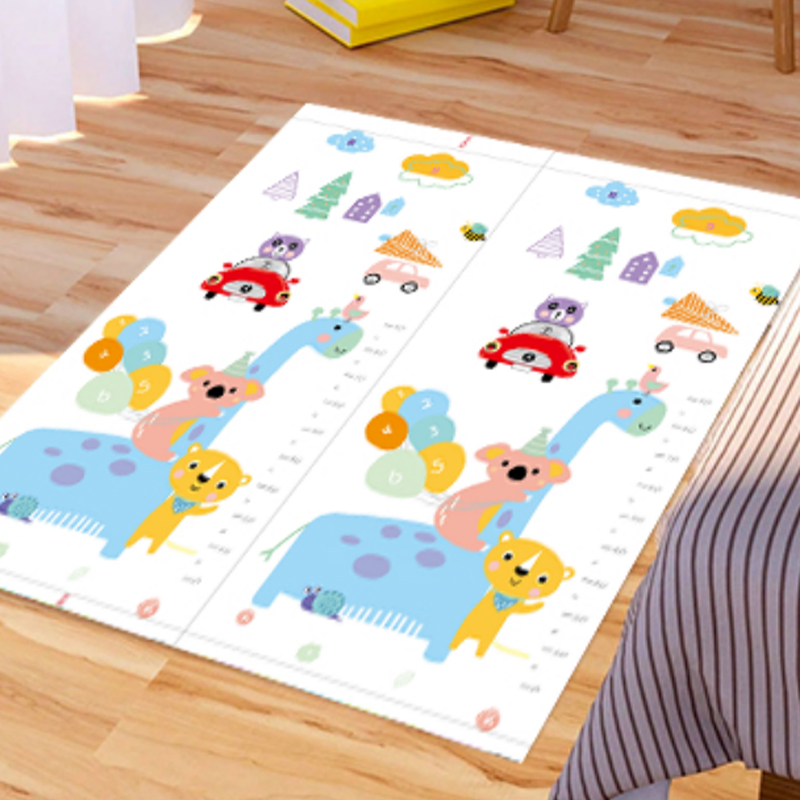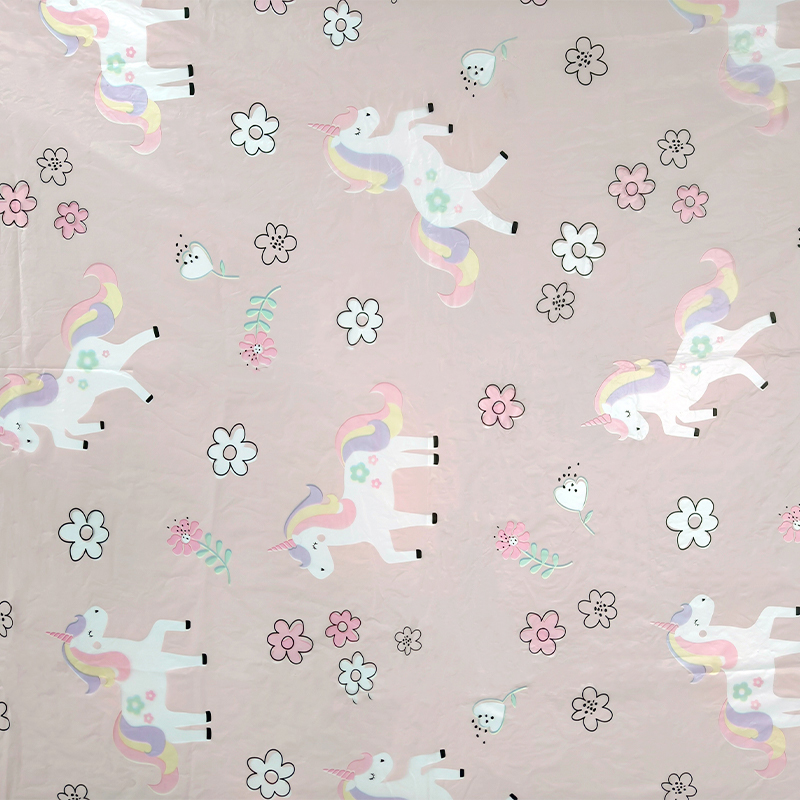The convergence of material science and advanced manufacturing has elevated the printed composite film from a specialized material to a fundamental component in cutting-edge technology. This highly engineered product is essential for creating devices that are not just functional, but also flexible, thin, and mass-producible. By combining the strengths of multiple materials—often in layers just micrometers thick—this film delivers superior performance unattainable by single-material solutions.
Engineering the "Composite" Advantage
The true innovation behind a printed composite film lies in its layered, heterogeneous structure. The "composite" nature refers to the intentional integration of materials with vastly different characteristics, all precisely controlled to yield a synergistic final product.
The Material Stack:
-
Substrate (Mechanical Base): The foundation is typically a durable, flexible polymer like polyethylene terephthalate (PET) or polyimide. Its primary role is to provide mechanical support and thermal stability throughout the manufacturing process.
-
Printed Functional Layers (The Electronics): This is where high-resolution printing techniques, such as inkjet, screen, or gravure printing, deposit specialized functional inks. These inks include:
-
Conductive Inks: Formulate circuits, electrodes, and interconnects using silver, copper, or carbon nanoparticles.
-
Semiconducting Inks: Create active components like transistors and diodes necessary for integrated circuits.
-
Dielectric Inks: Provide the insulation needed for capacitors and for separating different conductive layers without shorting.
-
-
Barrier Layers (Environmental Protection): To ensure the longevity of the sensitive electronic components, high-performance barrier layers are integrated. These layers protect the film from degradation caused by moisture, oxygen, and UV light, which is particularly critical for applications in harsh environments or for long-life products.
The selection and sequence of these layers dictate the film's final properties, allowing engineers to tune its conductivity, optical transparency, and gas permeability with great precision.

Key Differentiators and Commercial Impact
What sets the printed composite film apart is the use of additive manufacturing (printing) over traditional methods.
Cost-Effectiveness and Scale
Traditional electronic fabrication often involves subtractive methods where material is removed (etched) to form circuits, leading to significant material waste and high overhead. In contrast, the manufacturing of printed composite film uses roll-to-roll (R2R) processing and additive printing, depositing material only where needed. This approach drastically lowers production costs and scales throughput, making the product economically viable for high-volume consumer goods.
Core Applications
The versatility of the printed composite film makes it invaluable across several booming sectors:
-
Flexible Displays and Lighting: Used to create flexible Organic Light Emitting Diode (OLED) displays and thin-film lighting panels that can be curved or rolled.
-
Smart Labels and Packaging: Enables the integration of low-cost sensors, tamper-evident seals, and RFID/NFC antennas directly onto product packaging for supply chain tracking and authentication.
-
Wearable Technology: Serves as the substrate for flexible circuitry in health monitors, electronic textiles, and smart patches, where comfort and conformability are paramount.
The ability to integrate complex electronic functionality onto a flexible, durable, and affordable platform confirms the printed composite film as a cornerstone material for the future of ubiquitous and highly adaptable electronic devices.



 English
English Français
Français русский
русский عربى
عربى Español
Español











